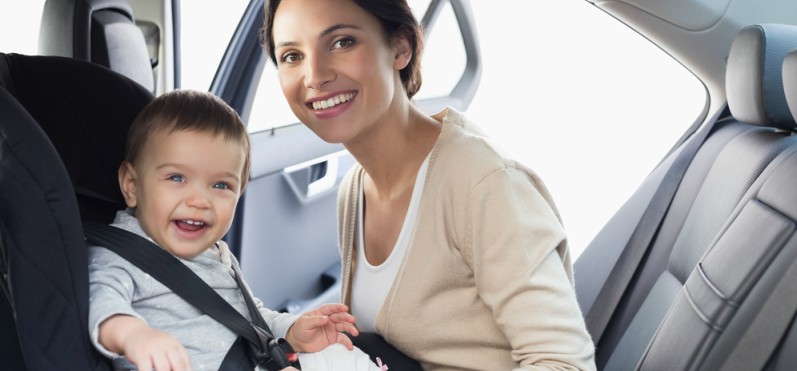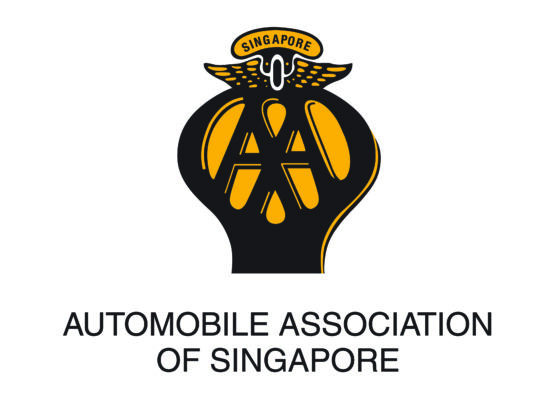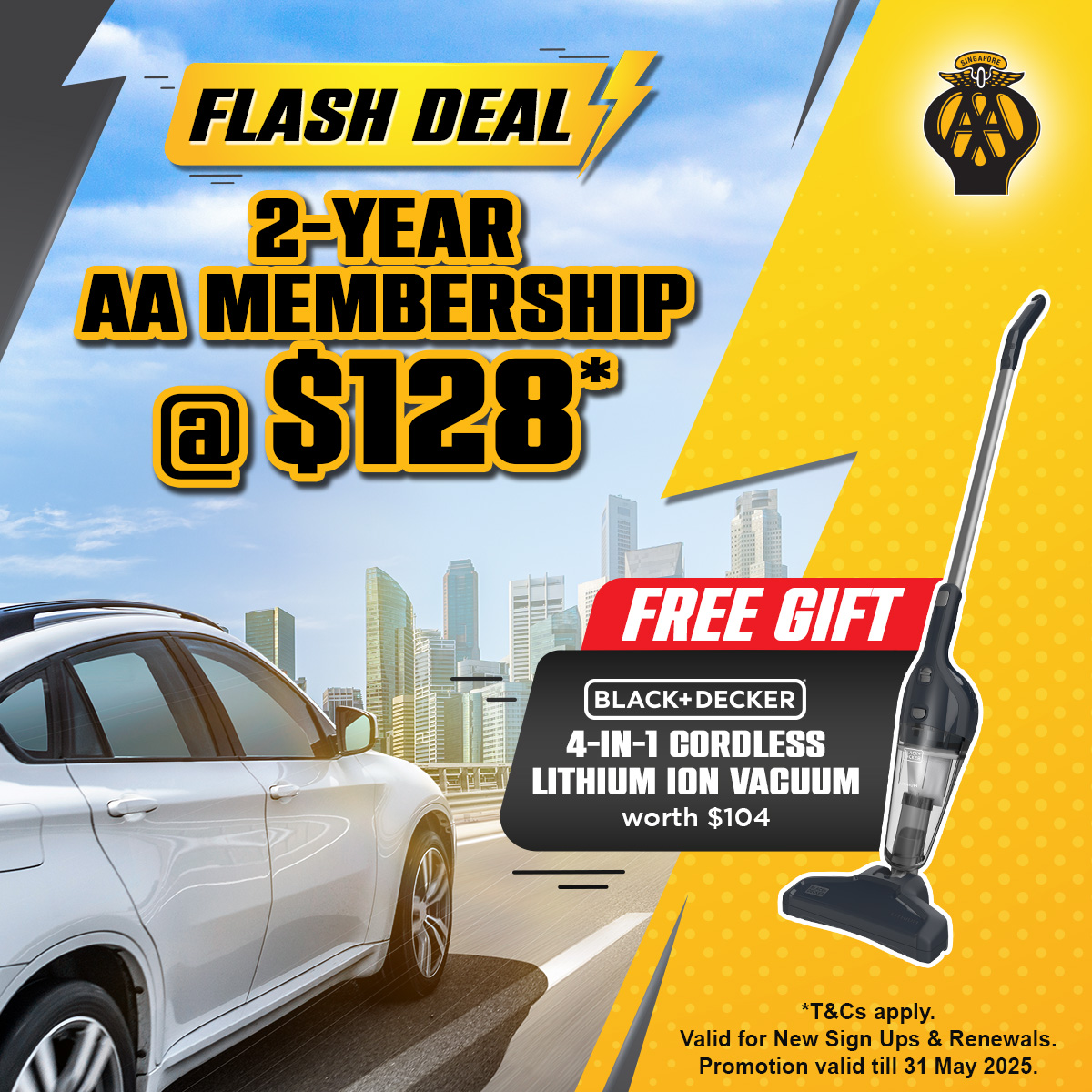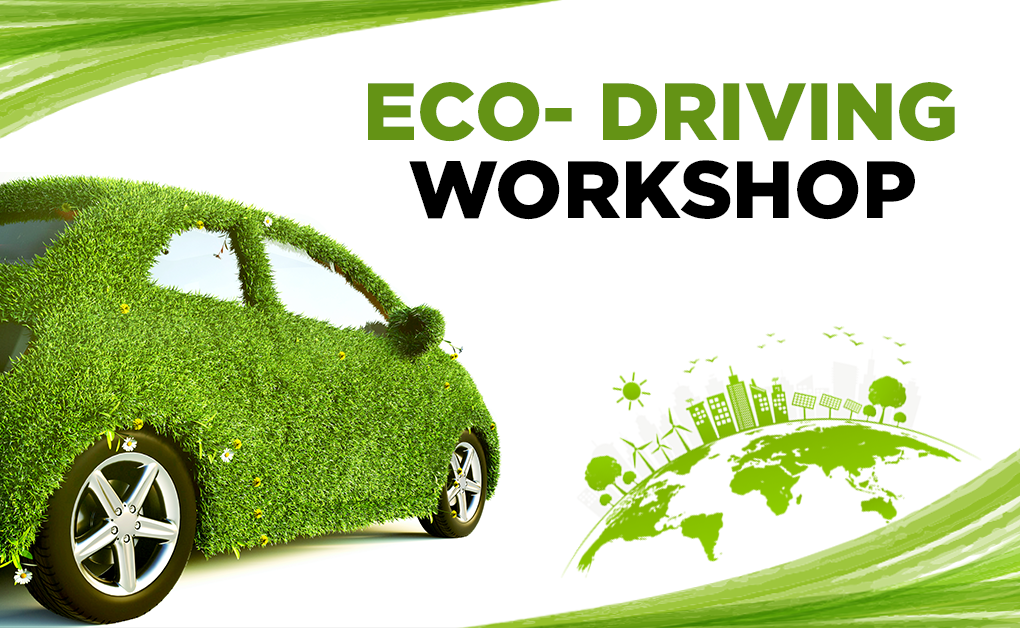Today’s infants need the most amount of safety and precaution when travelling in a car. A child seat is very important. Take a closer look at buying, installing and adapting a car seat.
BUYING
Buying a child seat or restraint is not as straightforward as walking into a shop and picking one out because it looks good. Parents should put some serious consideration into choosing the correct car seat for their children. Bring along your child to check how he fits into the various models. Try fitting the selected seat in your vehicle before making the purchase. You should look out for:
- Belt Fit
After threading the belt through the correct path, pull it tightly and check whether the seat is held firmly in place by rocking it forward and backwards. The seat should remain still. For convertible models, check both the infant and toddler positions for proper belt fit. - Vehicle Space
If you are using a seat that is designed for an infant, try it in the car in the rearward-facing position. Some smaller cars may not have enough room for it. A rear-facing seat may be used safely with its top resting against the back of the front seat, if located in the rear seat, or against the dashboard if it is positioned in the front seat. Ask yourself:- Does the base of the seat rest flatly on the vehicle seat with at least 85 per cent of the base supported?
- Is the seat belt long enough to secure the restraint in the manner recommended by the manufacturer?
- Is the vehicle roof high enough to accommodate a swing-over arm bar when the restraint is in the most upright position?
- If a booster seat is used, will the child’s head be able to rest against the back of your car seat?
You should also consider these other factors to ensure the seat is properly used at all times.
- Child’s Comfort
The seat should be spacious enough. There should be room to accommodate the child when he grows. It should also be high enough so that he can look out of the window. Check too if the side swings of the seat provide enough support for the child’s head when he sleeps. - Ease of Use
Is it relatively easy to get the child in and out of the car seat? The fewer buckles and adjustments needed, the better. Check if the harness straps can be easily adjusted. - Easy Installation
This is especially important if the seat will be moved frequently from car to car. - Foolproof
Design Look for accessible adjustment points for harness straps, easy-to-read instructions without complicated procedures. - Seat Care
If you opt for a model with a cloth covering – which is cooler than vinyl – check if it can be removed for washing.
TYPES OF RESTRAINS
The correct restraint for your child depends on his weight, size and development. To make sure he is secured correctly, choose a suitable seat.
| Child | Age | Weight | Restraint Type |
|---|---|---|---|
| Baby | Up to 9 months | Up to 10kg | Infant Capsule |
| Toddler | 9 months to 4 years | 9kg to 18kg | Convertible Seat |
| Older Child | 5 years to 8 years | 9kg to 36kg | Booster Seat |
Approved Standards for Child Restraints
Make sure the child seat you are keen on complies with one of the following standards adopted by the Traffic Police. Check for any of the following Standards mark:
American
FMVSS No.213 Federal Motor Vehicle Safety Standard No. 213: Child Restraint Systems, Seat Belt Assemblies and Anchorages.
Australian
AS 1754 – 1975 Child restraints for passenger cars and derivatives, including AS 1754.1 – 1989 Part 1 (General Requirements) AS 1754.2 – 1989 Part 2 (Type A1 Restraints: Rearward-facing enclosing restraint)
British
BS 3254: Part 2 1988 Seat Belt Assemblies for Motor Vehicles: Specification for restraining devices for children BS AU 202A 1988 British Standard Automobile Series: Specification for rearward-facing restraining devices for infants for use in motor vehicles BS AU 185 1983 British Standard Automobile Series: Specification for Rear Seat Belt Booster Cushions.
European
ECE R44 United Nations agreement concerning the adoption of uniform conditions of approval for motor vehicle equipment and parts. Uniform provisions concerning the approval of restraining devices for child occupants of power-driven vehicles: “Child Restraint System”.
Japanese
JIS D 0401 – 1990A Japanese Industrial Standard – Child restraints for automobiles. Approved models that have been dynamically tested share some of these common features:
- A specified location for the vehicle’s safety belt.
- A 3- or 5-point harness and/or shield system for occupant protection.
- A padded, high-impact plastic shell.
- A Standards mark or sticker fixed to the seat stating that it meets or exceeds the approved standards. It should be stamped with the month and year of manufacture.
- Basic instructions for proper use.
INSTALLING
Always read the instructions manual and your vehicle owner’s manual seat belt and child seat installation section. Seats for toddlers weighing between 9kg and 18kg should be secured by a tether strap to give optimum safety. The base of such seats is secured by the vehicle’s lap belt. The top should be anchored by a tether strap. This is a length of the seat belt that runs from the top of the car seat and attaches to an anchor belt located in a solid metal part of the framework of the car. The strap prevents the safety seat from flexing forward as far as a non-tethered model would in a crash.
You can install a child safety seat yourself following the instructions given by the manufacturer. If a tether strap is required, be sure to get one and install it. Check the car manufacturer’s instructions to find out where the anchorage points are. If these are not provided, ask the agent what needs to be done to fit the tether strap.
USING
You may have purchased the correct child seat and installed it perfectly but if you do not ensure that it is properly used, it cannot give the protection it should. Consider these points:
- Wide harness straps made of seat belt webbing keep the child in the seat and spread the forces of impact across the strong, bony parts of the body.
- Harness straps should lie flat, not twisted.
- There should be no more than two-fingers’ width space between the child’s body and the shoulder strap when buckled.
- On a 5-point harness, the crotch strap should be adjusted to hold the hip belt low across the pelvis.
- When using a lap belt, securely fasten it low down on the hips, across the pelvis, away from the abdomen. Shoulder straps should lie flat on the shoulder, never under the child’s arm. This could crush the rib cage in an accident.
- Keep a child in a car seat as long as possible, until the mid point of his ears reaches the top of the car seat. A car seat will protect his neck from whiplash in an accident.
- Once a child outgrows his car seat, it is time for him to use a booster seat and/or the lap belt. The booster seat helps position the lap belt properly and allows the child to look out of the window.
- When seated on the booster seat, the child’s head should not be able to bend backwards over the top of the car seat as this could lead to injury in a collision.
Making sure the restraint is used properly takes time. It may be tempting to simply fasten the child and drive off. But, wishful thinking does not save lives. Thorough checking almost surely will.





 account
account


